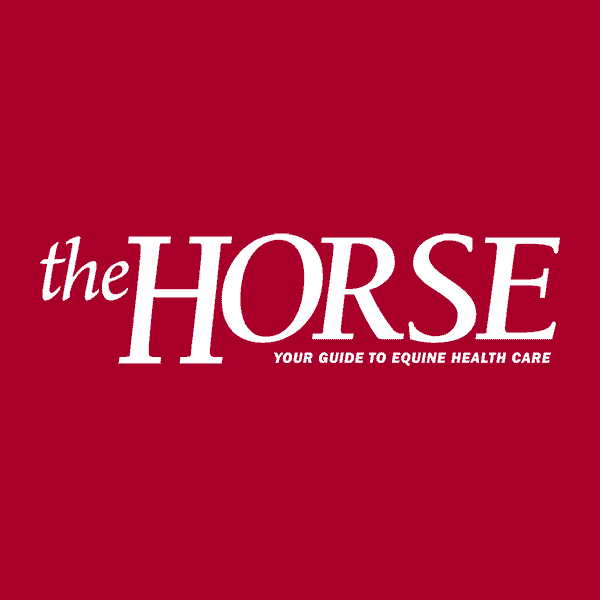2018 AAEP Convention: Monday’s Top Tweets and Take-Homes
Educational sessions continued on Monday, Dec. 3 at the 2018 American Association of Equine Practitioners’ (AAEP) convention in San Francisco. The Horse team and several other attendees are tweeting live from the conference. Here’s a collection of Monday’s top tweets and take-homes. Check back to TheHorse.com soon for recaps of conference presentations.
Are you following The Horse on Twitter? Follow @TheHorse for horse health news updates, as well as our editorial team for live event coverage from the AAEP convention: Stephanie Church (@TH_StephLChurch), Michelle Anderson (@TH_MNAnderson), Erica Larson (@TH_EricaLarson) and Alexandra Beckstett (@TH_ABeckstett).
The 2018 AAEP Convention is underway in San Francisco and our team is on the ground covering many of the sessions. Be sure to follow @StephLChurch, @TH_EricaLarson, @TH_ABeckstett, and @TH_MNAnderson for live updates! #AAEPSanFran

Written by:
The Horse Staff
Related Articles
Stay on top of the most recent Horse Health news with












